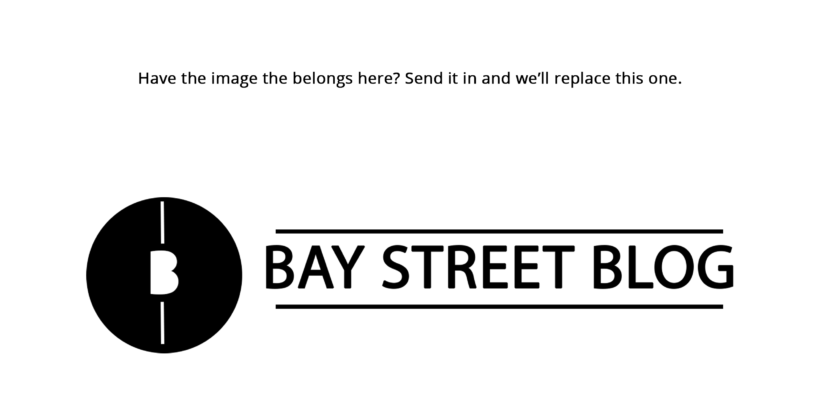Preparing Your Business Vehicle for Winter: 6 Things to Check
Share

As winter starts to set it, we must look for ways to preserve and prime our cars for the challenges ahead. From a business standpoint, it is crucial to steer clear of delays, downtimes, client dissatisfaction, towing costs, and other trickle-down effects. So, what you need to do is come up with a preventive maintenance and inspection policy. This document is supposed to define proactive steps that minimize the risks for the whole fleet and organization.
Rest assured that your efforts today will pay dividends down the road: you will be able to keep business vehicles in top condition and render driving safer.
Fluids
The first thing to do is to check all fluids. Consult the vehicle handbook to figure out what the recommended levels are. Bear in mind that topping up antifreeze is a top priority. So, flush the system and then add it. While going about this task, confirm that coolant in the engine is at an optimal ratio: 40% water and 60% coolant. Many car owners are unaware that old or improperly mixed coolant triggers various other issues. And in case severe temperatures are expected, opt for a thinner grade of engine oil. Pay special attention to windscreen washer fluid as well—running dry is not an option.
Lights and windscreen
Visibility comes in short supply during winter months and this impedes driving safety. Thus, take necessary precautions to overcome this hurdle. Do a routine checkup of your lights to ensure they are working properly and are free of dirt. You can use a high-quality cleaner solution to prevent the debris buildup and do away with smears and streaks. Of course, your wiper blades need to be in impeccable shape as well. Maintain them with petroleum jelly or blade conditioner and buy new ones if you notice they are cracked or damaged in some other way.
Tires
Tires are essential to safe driving in winter conditions. Inspect them to see whether the thread is deep enough and inflation level optimal. Likewise, check for signs of extensive wear and tear. Know that although you may be fine using all-season tires in the city and on highways, it is still advisable to have snow socks and chains at the ready. And if you need to navigate remote byways and go through heavy snow and ice, winter tires are an absolute must. They enable better braking and grip, promoting driving safety and handling. In the process, you also increase fuel efficiency.
Emergency kits
It goes without saying that all drivers should possess emergency kits in their vehicles. The winter essentials it contains help them when dealing with hardships such as traffic accidents, breakdowns, and stalls. So, stock up on items that are sure to keep them warm, safe, and fed. We are talking about provisions such as blankets, snacks, bags of sand, a shovel, water, flashlight, gloves, hats, ice scraper brush, battery-powered radio, and emergency signals. This kind of emergency preparedness is even more crucial for people driving through remote locations.
Windshields
Small rocks and objects can cause damaged spots and chips in a windshield. This most often occurs due to tires launching debris into it. Even when the damage seems minor, bad weather can aggravate it and lead to further cracking. Vehicles with such blemishes may not even pass inspection in some states. So it is advisable to address these problems as soon as possible, before they become irreparable. It’s quite easy to search for trusted local technicians and schedule windshield repair near me. They will make sure your windshield is smooth and clear once again.
Battery
Finally, you do not want the battery to die on you, not when you need it the most. First of all, batteries last around five years, so you want to check if it is reaching the end of the lifespan. While at it, examine the battery for signs of corrosion and see if cables have cracks and breaks. What is more, cold weather and shorter days put more strain on the battery because you have to heat and use lights more often. Not only that, but you have to worry about a slower chemical reaction and a greater risk of a battery failure, the primary culprit behind winter breakdowns.
As a responsible business owner, you ought to take extra measures in order to protect vehicles from the winter’s bite. Also, it would be wise to brace yourself for the unexpected situations sooner rather than later, before the cold winds set in. This is a much more cost-effective approach than waiting for the worst to happen. So, stay in tune with weather reports and anticipate problems like reduced visibility ahead of time. Survive all the trials and tribulations of the harshest of seasons: keep things running smoothly and minimize your expenses.
You may also be interested in: 6 Steps to Finding Investors for Your Startup
Writer: Tracey Clayton
Disclaimer: All investing can potentially be risky. Investing or borrowing can lead into financial losses. All content on Bay Street Blog are solely for educational purposes. All other information are obtained from credible and authoritative references. Bay Street Blog is not responsible for any financial losses from the information provided. When investing or borrowing, always consult with an industry professional.






Bay Street Blog Newsletter
Click here to subscribe for a financial savvy experience.
Please check your email to confirm subscription!